Preservation of evidence letter template
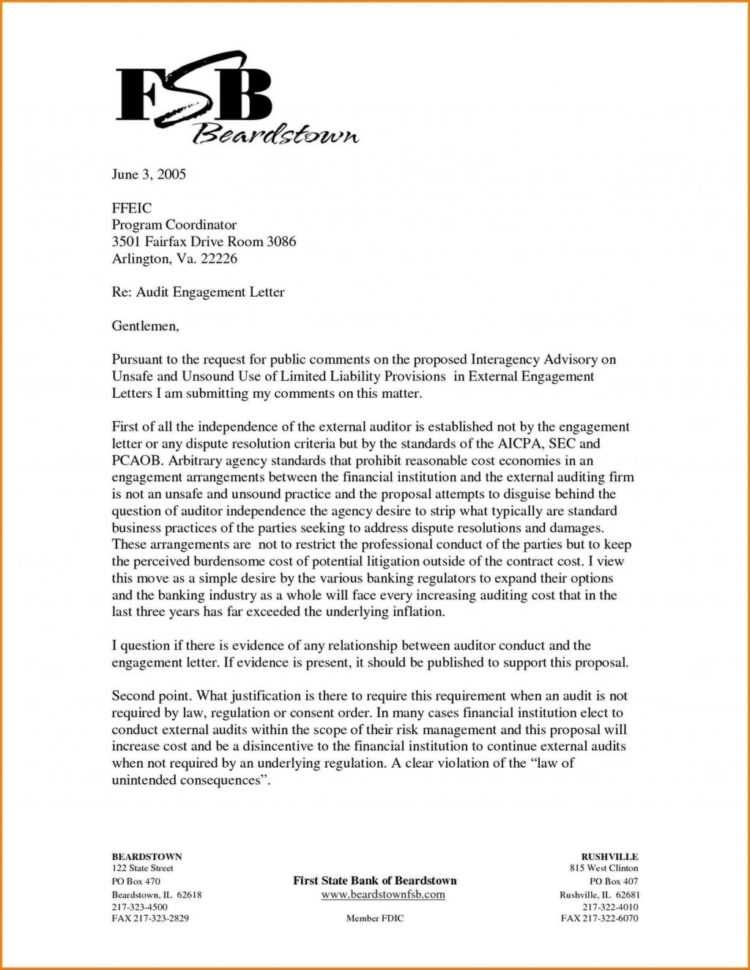
To ensure that important evidence is not lost or compromised, sending a preservation of evidence letter is critical. This document is a formal request for a party to preserve any materials or records that may be relevant to a potential or ongoing legal case. It serves as a reminder to prevent the destruction, alteration, or tampering of evidence that could be critical in litigation.
When drafting a preservation of evidence letter, include specific details about the evidence you want preserved, including the type of materials, the timeframe in which they should be kept, and the parties involved. This will make it clear what is expected and help protect your position in any legal proceedings.
Be direct and concise in your wording. Avoid unnecessary legal jargon or ambiguity. Make sure to specify any legal obligations or potential consequences if the evidence is not preserved. This approach will leave no room for misunderstanding, ensuring that the recipient is fully aware of their responsibility to maintain the integrity of the evidence.
Here are the corrected lines:
Make sure to specify the exact date and time when the evidence was collected. This helps establish the context for its preservation.
Include a clear description of the evidence, such as serial numbers, models, or specific markings, so there is no ambiguity about what is being preserved.
Ensure that you list any storage conditions or environmental factors that could affect the evidence, such as temperature or humidity.
Clarify who is responsible for maintaining the evidence until it is handed over to the appropriate parties or authorities.
Provide contact information for the person responsible for safeguarding the evidence. This can help in case there are follow-up questions or concerns.
Confirm that the evidence is stored securely, and note any precautions taken to prevent tampering or deterioration.
Remember to state the purpose of preserving the evidence, especially if it is being done in connection with a legal matter or investigation.
Include any instructions regarding how the evidence should be handled in the future to ensure its integrity is maintained.
- Preservation of Evidence Letter Template
A Preservation of Evidence letter is crucial in legal cases where it is important to maintain and protect evidence. This document notifies parties of the need to preserve specific information, items, or documents to prevent destruction or alteration. Below is a step-by-step guide to drafting an effective letter:
- Heading: Start by addressing the recipient with their full name, title, and organization, followed by your details. Specify the purpose of the letter clearly.
- Statement of Preservation: Outline the evidence that needs to be preserved. Describe items, documents, electronic data, or communications that are relevant to the case.
- Details of the Case: Provide brief details about the case to explain why the evidence is necessary. Mention any relevant dates or timelines.
- Instructions: Specify how the evidence should be preserved. Include details such as storage methods, security measures, and who should be responsible for safeguarding it.
- Request for Confirmation: Request confirmation that the recipient understands the need to preserve the evidence. You may ask for an acknowledgment in writing or a response within a certain period.
- Consequences of Non-Compliance: Highlight the potential legal consequences if the evidence is not preserved, including potential sanctions or adverse impacts on the case.
- Closing: Conclude the letter by thanking the recipient for their attention to this matter. Provide your contact information for any further clarification or questions.
This letter should be clear, concise, and direct to ensure there is no ambiguity about the importance of evidence preservation. Make sure to keep a copy for your records, as it may be needed in future proceedings.
A preservation letter should be clear, concise, and direct. Begin by addressing the recipient with their full name, job title, and organization. State the purpose of the letter right away–clearly indicate that you are requesting the preservation of specific evidence related to a legal matter.
Key Components
Start with an introductory statement specifying the context, such as a lawsuit or investigation. Then, identify the evidence that needs to be preserved. Be specific about the documents, data, and other materials involved. Reference any legal requirements or standards that apply to the preservation request.
Format and Clarity
Use bullet points or numbered lists to outline the items or categories of evidence you want to preserve. This makes it easier for the recipient to follow your request. Include details such as the format, location, and the time frame during which the evidence must be kept. Also, clarify that failure to preserve the evidence could have legal consequences.
Key Elements to Include in an Evidence Request
When requesting evidence, clarity and precision are key. Start by specifying the exact items or documents needed. This ensures the request is easily understood and reduces unnecessary back-and-forth.
1. Clear Identification of Requested Evidence
Clearly describe the evidence you need. Specify whether it’s documents, physical items, or digital files. Include any relevant identifiers, such as dates, titles, or case numbers, to narrow down the search.
2. Purpose of the Request
Outline the reason for requesting the evidence. This helps the recipient understand the context and urgency, ensuring a more timely response. Whether it’s for legal, research, or compliance purposes, being transparent about the purpose streamlines the process.
3. Deadline for Submission
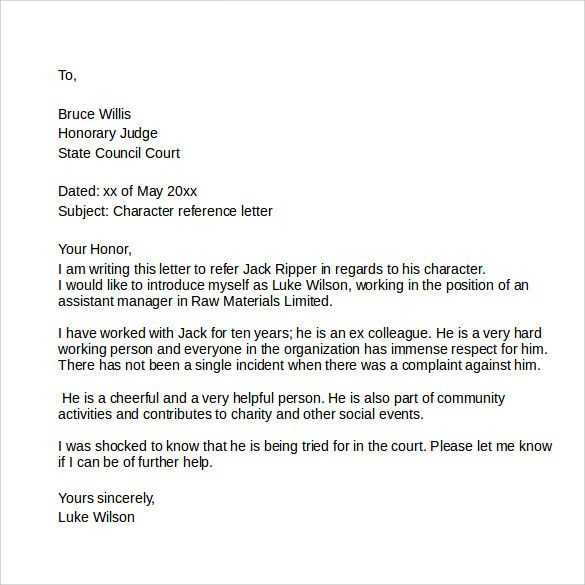
Provide a clear deadline for receiving the evidence. Make sure the timeline is realistic, allowing the recipient enough time to gather and deliver the requested materials. This is crucial to avoid unnecessary delays and keep the process moving forward.
4. Contact Information
Include your contact details to facilitate communication. Specify the best way to reach you in case of questions or clarifications. This ensures quick resolution if further information is needed.
5. Delivery Method and Format
Specify how you would like the evidence to be delivered. Whether by email, postal mail, or through an online portal, providing these details upfront saves time and prevents confusion. Be sure to mention if a particular format is required (e.g., PDF, physical copy, digital file).
6. Legal or Privacy Considerations
If the request involves sensitive or confidential materials, include any necessary legal disclaimers or privacy guidelines. This reassures the recipient that their compliance with regulations is understood and expected.
When to Send a Letter for Evidence Preservation
Send a letter for evidence preservation immediately after becoming aware of the potential for a legal dispute or investigation. This ensures that all relevant evidence is protected before it is lost, destroyed, or altered. The timing is critical–waiting too long can jeopardize your ability to access important materials when needed.
Act quickly if you are involved in an incident or transaction that may lead to litigation, such as an accident, breach of contract, or intellectual property dispute. The letter should be sent as soon as you identify that evidence related to the matter may be at risk of being discarded or tampered with.
Early Notification
Sending a preservation letter early in the process provides clear communication to the other party regarding your intent to preserve evidence. This can prevent inadvertent loss of information and help maintain your legal standing. If you are uncertain about the timeline, it’s safer to send the letter sooner than later.
Before Taking Further Legal Action
Before proceeding with lawsuits or other legal actions, send the preservation letter. This ensures that all evidence is intact for future proceedings. Sending the letter can also serve as a first step in demonstrating your intention to resolve the issue through legal means if necessary.
Failure to preserve evidence can lead to severe legal consequences. When evidence is not properly maintained, it may result in sanctions or penalties. Courts view the destruction or mishandling of evidence as an obstruction of justice, which can affect the outcome of a case.
Sanctions and Penalties
Courts may impose sanctions for failing to preserve evidence, ranging from fines to adverse rulings. In civil cases, a judge may instruct the jury to assume that the destroyed evidence was unfavorable to the party responsible for its loss. In criminal cases, the prosecution may argue that the destruction of evidence compromises the fairness of the trial.
Impacts on Legal Strategy
Not preserving evidence weakens a party’s legal position. It may limit the ability to present a full case, leading to missed opportunities to defend or support claims. Attorneys should be proactive in ensuring that all relevant evidence is secured and maintained according to legal standards to avoid complications during litigation.
To customize an evidence preservation letter for a specific case, focus on the unique details that will impact the evidence’s relevance and integrity. Begin by identifying the key elements of the case–such as the type of evidence, the parties involved, and the legal or regulatory requirements that apply. For example, if the case involves intellectual property, emphasize the preservation of digital files, emails, and communications relevant to patent claims. If dealing with physical evidence, specify the handling and storage procedures for each item, including chain of custody documentation.
Consider the Nature of the Evidence
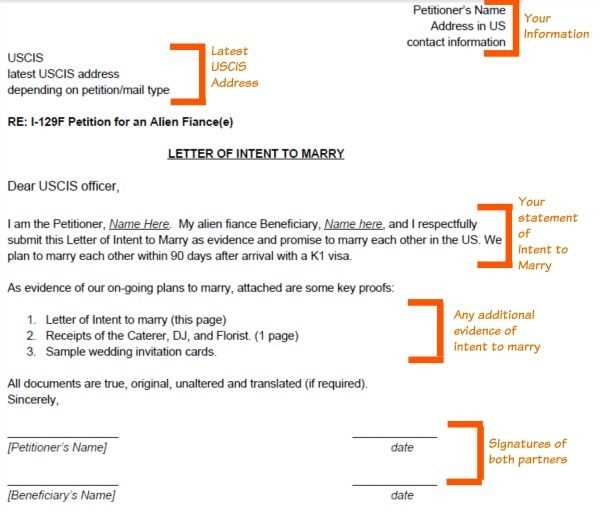
When tailoring your letter, clearly state the specific evidence that must be preserved. For a personal injury case, this might include medical records, accident scene photos, or witness statements. If the case pertains to a breach of contract, focus on email threads, contracts, or any communication that may be relevant. The more detailed you are, the better equipped the recipient will be to ensure proper preservation.
Address Specific Parties and Legal Requirements
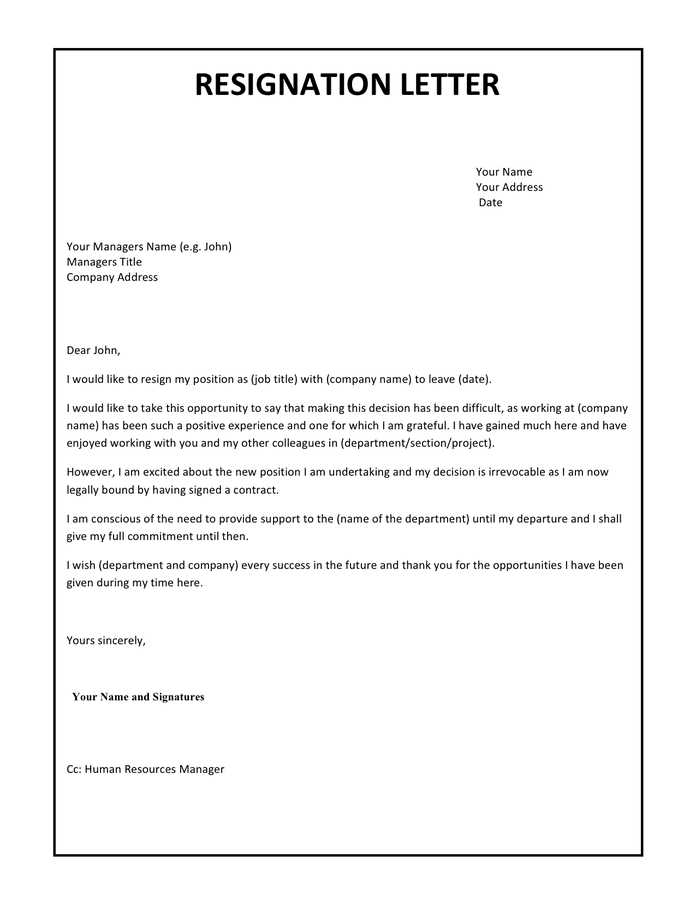
If the case involves multiple parties or jurisdictions, ensure the letter reflects any relevant legal obligations for evidence retention. Different regions may have varying requirements for evidence preservation, especially in regulatory or criminal matters. Include references to specific laws or guidelines that mandate preservation and outline the potential consequences of failing to comply.
Avoid using vague language. Be specific about the evidence you want preserved, including types of documents, devices, and other relevant materials. This ensures clarity and prevents confusion about what is required for preservation.
Don’t fail to specify timeframes. Clearly outline deadlines for preservation and provide clear instructions on how long the evidence must be retained. Without this, there could be misunderstandings regarding the duration of the preservation request.
Overlooking Legal or Regulatory Requirements
Ensure your letter addresses any legal obligations tied to evidence preservation. Some industries or jurisdictions may have specific rules or regulations about how evidence should be handled, retained, or shared. Failing to account for these could jeopardize the preservation process.
Inadequate Detail Regarding Evidence Handling Procedures
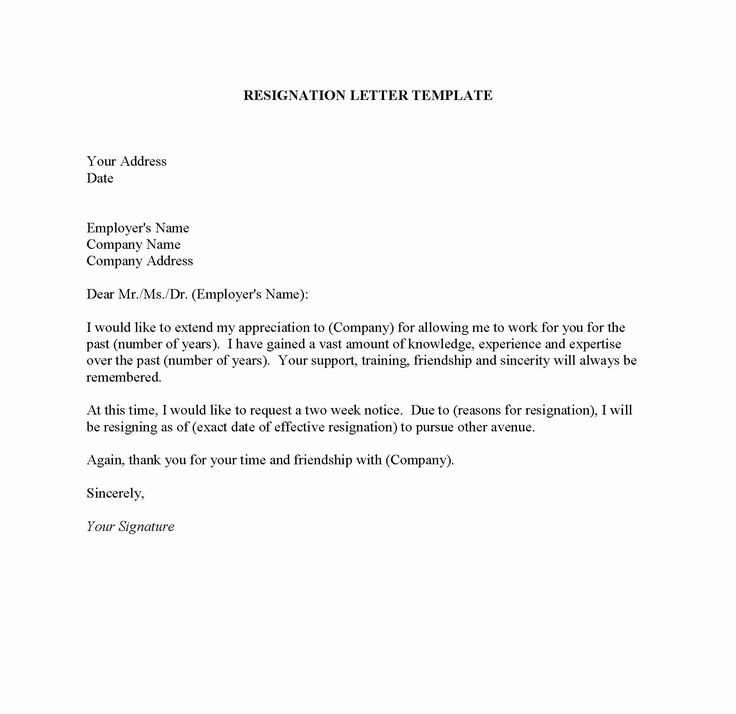
Provide clear, actionable instructions on how to handle the evidence. For example, if data from digital devices must be preserved, specify whether it should be duplicated or stored in a particular format. Inadequate instructions may lead to improper handling or loss of critical evidence.
| Common Mistakes | Why to Avoid | Best Practice |
|---|---|---|
| Vague language | Creates ambiguity about what evidence should be preserved | Be specific about types of evidence, including formats and sources |
| Not specifying timeframes | Leads to uncertainty about retention duration | Set clear deadlines for when evidence should be preserved and for how long |
| Ignoring legal requirements | Could result in non-compliance with laws or regulations | Research and incorporate any industry or jurisdiction-specific legal requirements |
| Failure to provide evidence handling instructions | Can lead to improper storage or loss of evidence | Give detailed, step-by-step instructions for proper evidence handling |
In legal matters, preserving evidence is critical. To ensure the protection of vital information and materials, act quickly. Below is a step-by-step guide on how to create a preservation of evidence letter that can be used to safeguard key assets.
- State the Purpose Clearly
Begin the letter by stating its intent. Clearly inform the recipient that they are required to preserve evidence relevant to a particular case. Be specific about what needs to be preserved. - Describe the Evidence
Provide a detailed description of the evidence in question. List documents, digital files, photographs, physical items, or other materials that must be maintained. This will prevent confusion later on. - Specify How Evidence Should Be Preserved
Detail the measures the recipient must take to safeguard the evidence. For example, it may include instructions for storing physical items in a secure location or preserving electronic records in an unaltered state. - Include a Deadline
Set a clear timeline by which the evidence must be preserved. Specify when the recipient should confirm that the evidence has been preserved and that no alterations have been made. - Outline the Consequences
Mention the potential consequences of failing to preserve evidence. This could include legal ramifications, fines, or other penalties that may apply. - Request Confirmation
End the letter by requesting that the recipient acknowledge receipt of the letter and confirm their understanding of the requirements. Include instructions on how this confirmation should be sent (e.g., via email, signed receipt).
cssEdit
Always ensure that the language in the letter is clear and professional, reducing any ambiguity. Following these steps can help prevent challenges or disputes related to evidence preservation in legal proceedings.